As a part of the weak current system, Security Cable's product categories include video cables, radio frequency cables, shielded and unshielded, control cables, signal cables, etc. The important role of threading the needle is like the steel bars inside the building, its importance is self-evident.
From a structural point of view, cable products are mainly composed of conductors, insulation layers, shielding layers, and protective sleeves from the inside to the outside. Among them, the conductor is the most basic part of current or signal transmission. Commonly used conductors are copper and aluminum, and optical fiber cables with optical fibers as conductors; the insulating layer is tightly wrapped around the conductor to insulate electricity and ensure that the conductor is transmitted through the layer. A smooth, commonly used insulating layer is generally made of polyethylene insulation; the shielding layer mainly isolates the external electromagnetic field, so as to avoid interference in the conductor signal transmission layer and affect the final effect. The main shielding layer on the market mainly includes tinned copper braiding and bare copper braiding, it is worth mentioning that a layer of the pure aluminum protective layer is generally added between the shielding layer and the insulating layer, which can better protect the insulating layer and improve the overall quality of the cable; the commonly used material for cable protective sleeves is polyvinyl chloride, which This material is characterized by good mechanical properties and stable chemical properties.
From the application level of cables, cables are mainly used in video surveillance, burglar alarm, building intercom, and access control in the security industry.
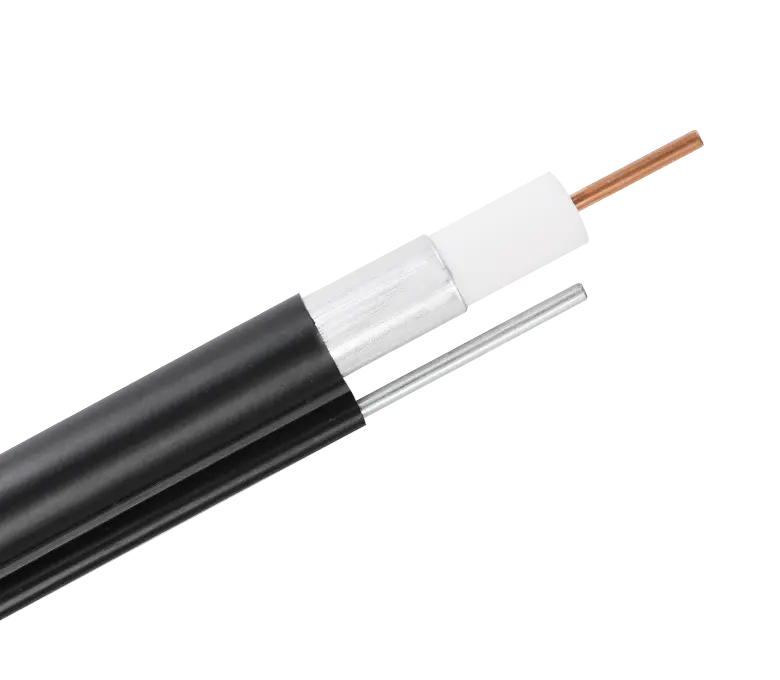
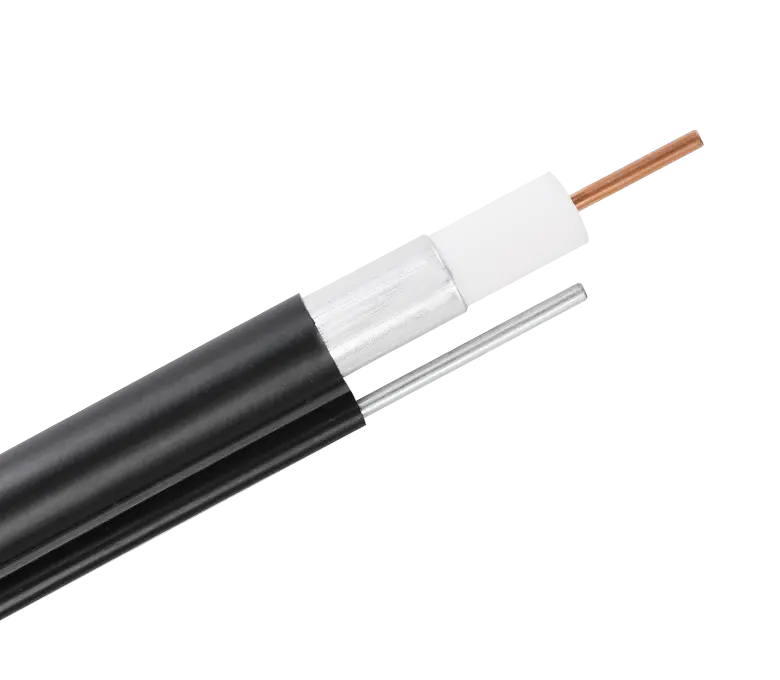
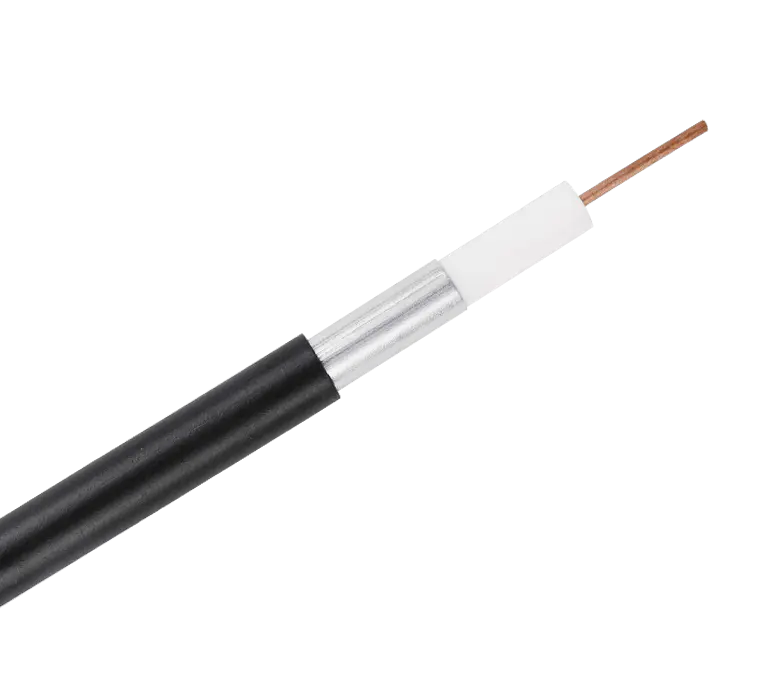
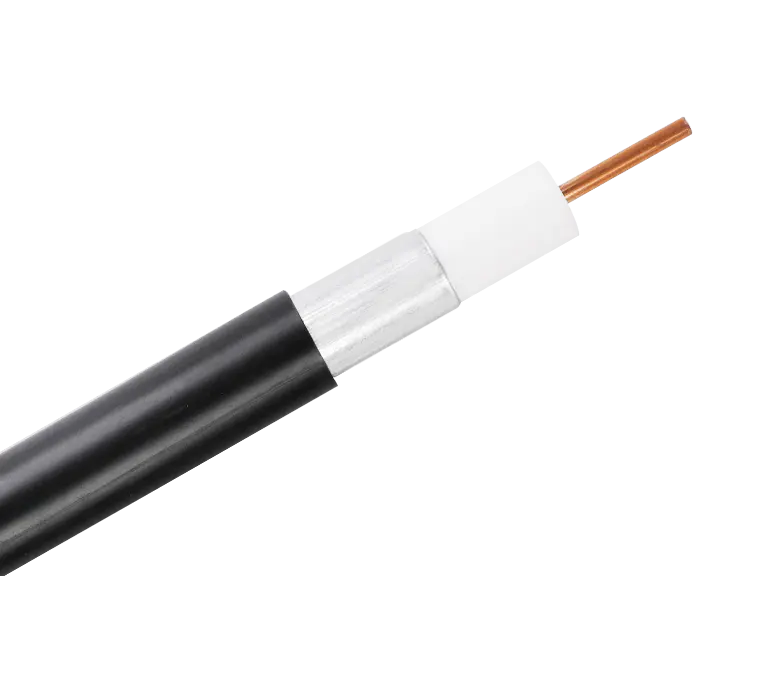
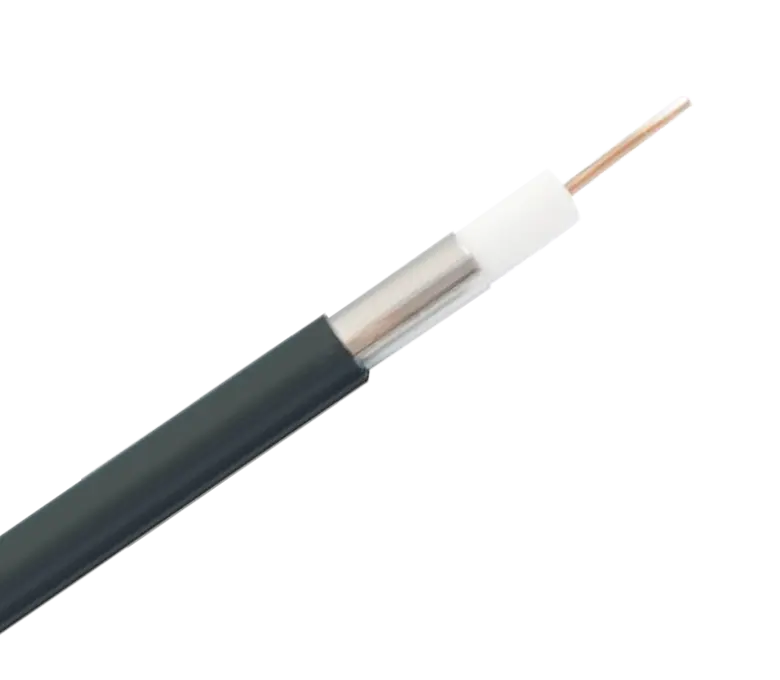
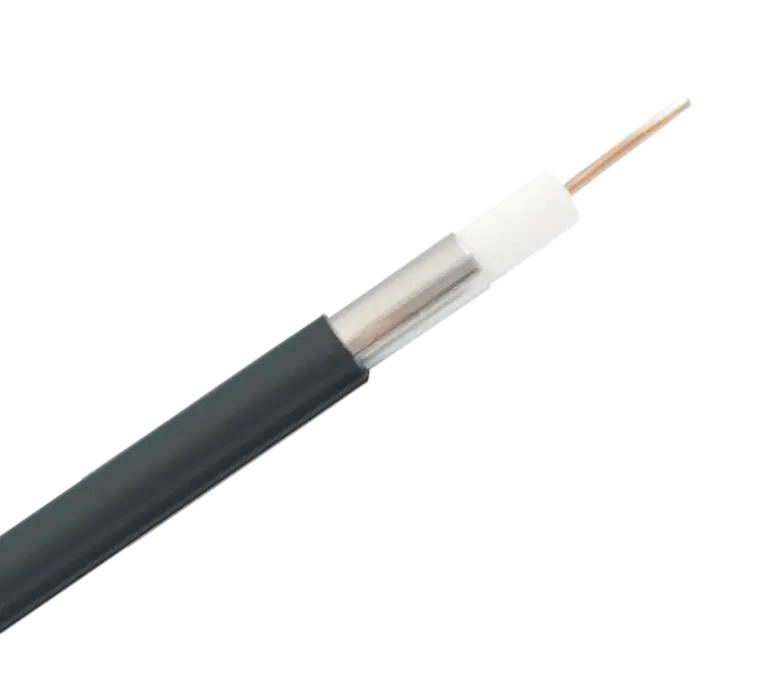
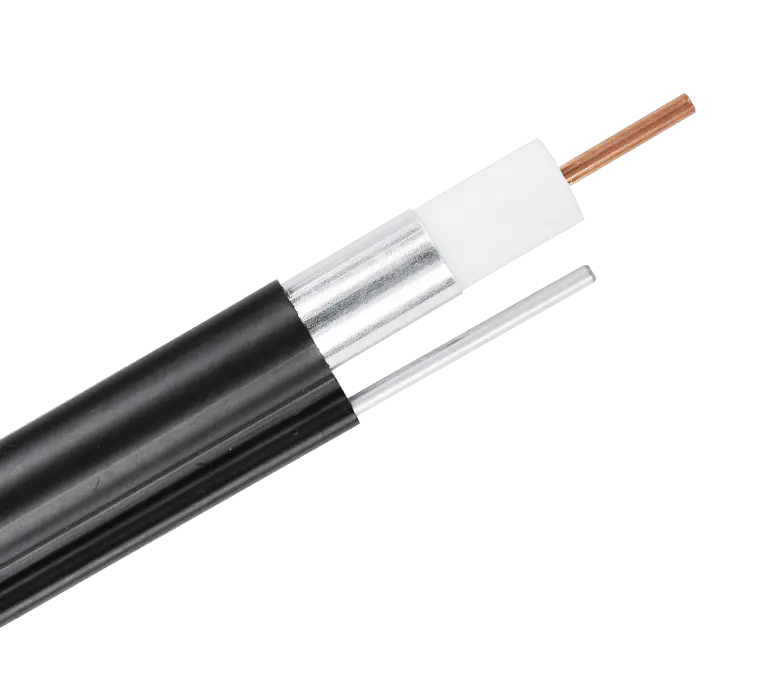
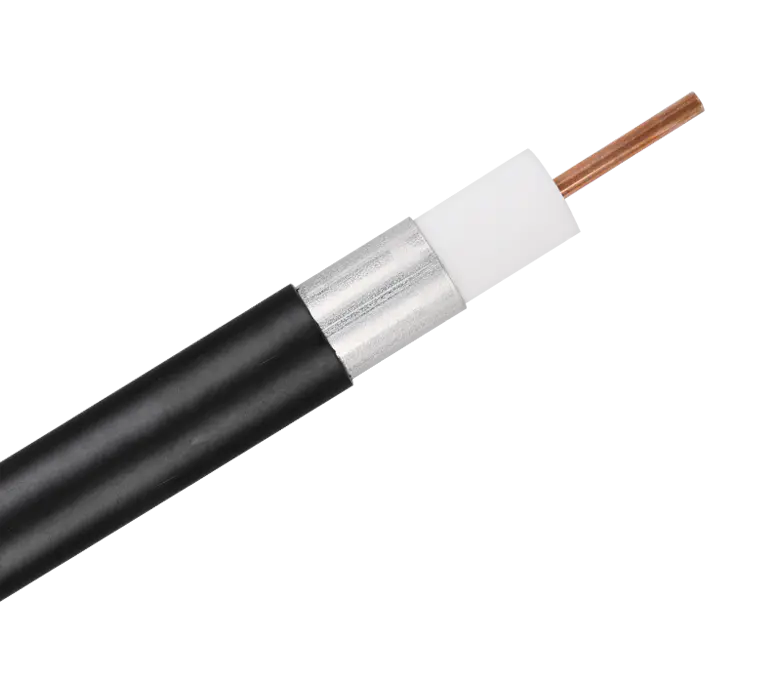
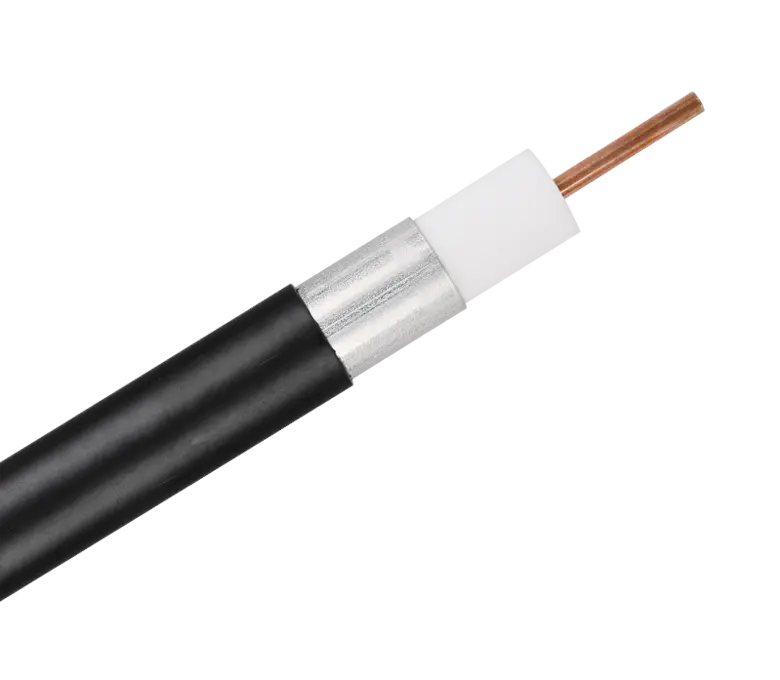
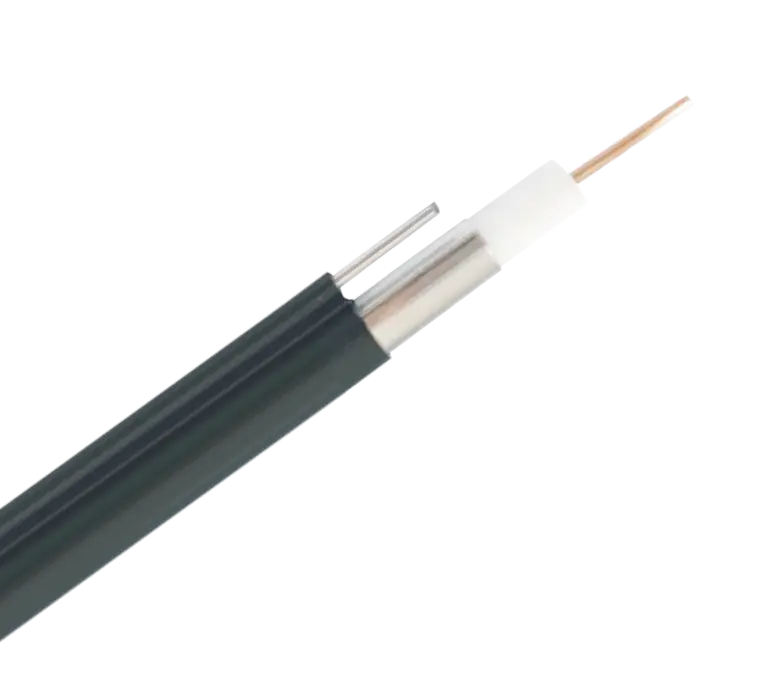
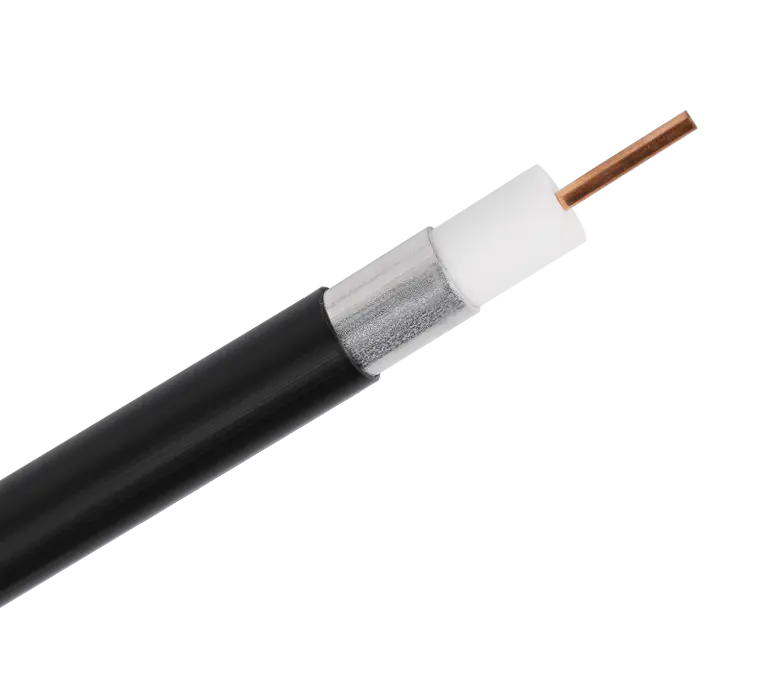
 浙公网安备33018502001191号
浙公网安备33018502001191号